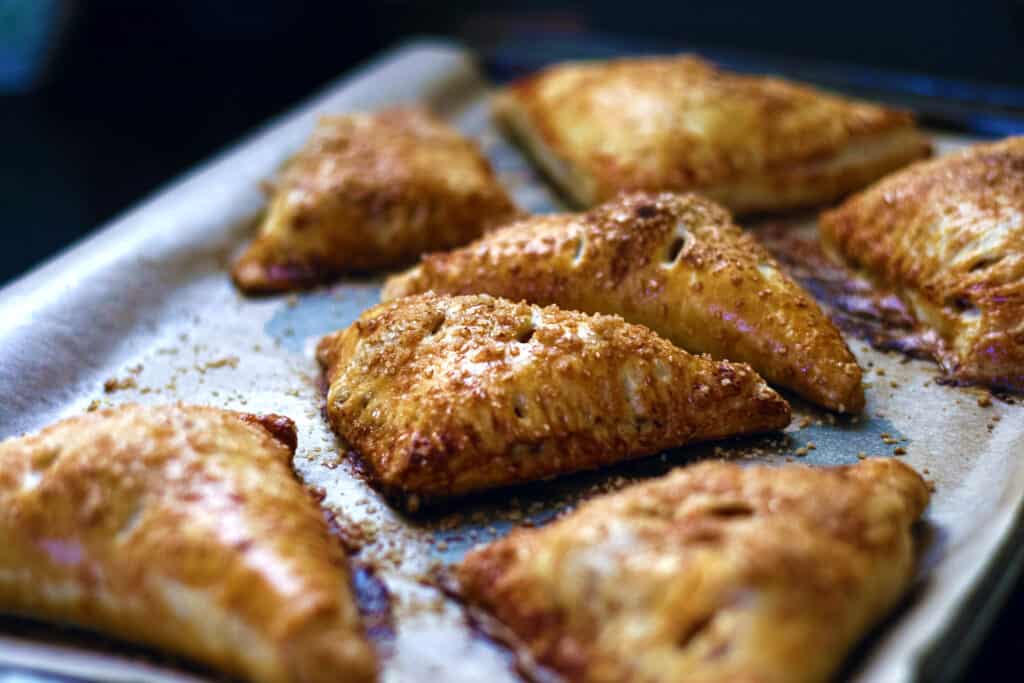The dry summer has been difficult, says flower farmer Charlotte Tombs as she makes plans to work around drought with her 2023 plant choices

Images: Charlotte Tombs
I won’t bore you with how I was going to have natural free spring water for my flower beds this summer. Nor how I was going to have irrigation in all the beds. Or how (like always) the plumber never came when he said he would, and has only just turned up some eight weeks later – which is rather late. Or even how I’ve spent hours watering and keeping things alive this summer and I’m never going to get those hours back.
In fact I just had to give up on some beds and as a consequence had to cut down on the flower orders I’ve been able to take on.
But of course there is always next year to do things differently; with different plants and different varieties. The great thing about gardening, as I’ve written before, is you always get another season to try again.

Climate change plants
Perennials are the way forward if our summers are getting hotter and our climate is changing – I will certainly be looking to grow more drought-tolerant plants myself. Of course they are more expensive, but they can be grown from seed and some will flower in their first year. Good choices for this are achillea, yarrow and eryngium, or sea holly, which is the most beautiful steely blue colour and the bees LOVE it so it’s a real winner for the garden.
It’s a good idea right now to take the time and have a good look around your garden; see what has survived and thrived in your poor parched flower beds.
Drought-tolerant plants tend to have grey or silver leaves – the light-coloured leaves reflect the sun’s rays. Often the leaves also have tiny grey hairs on them, which help to retain moisture around the plant’s sensitive tissues. Some plants which really don’t mind a drought are echinacea (or coneflower), nepeta (or catmint; be warned, cats really do love this plant!), agastanche, salvias, lavender and rosemary. A lot of ornamental grasses thrive in dry conditions, unlike their moisture-loving cousin otherwise known as your lawn.
The zinnias this summer have been amazing; they love it hot and dry. They are considered a ‘dirty flower’ because they make the vase water dirty, but a small drop of bleach will help prevent this.
There is an autumnal nip in the air first thing now, and thankfully a heavy dew which is helping my thirsty flowers. It’s certainly been a challenging summer for a cut flower grower.


























